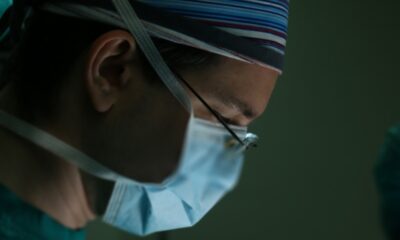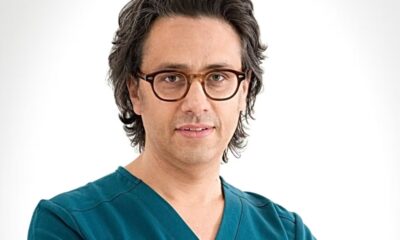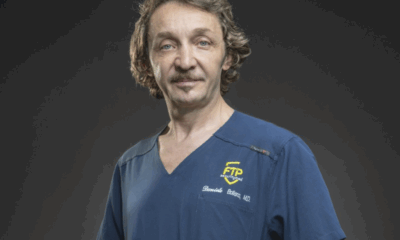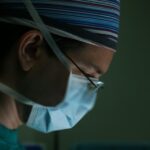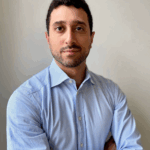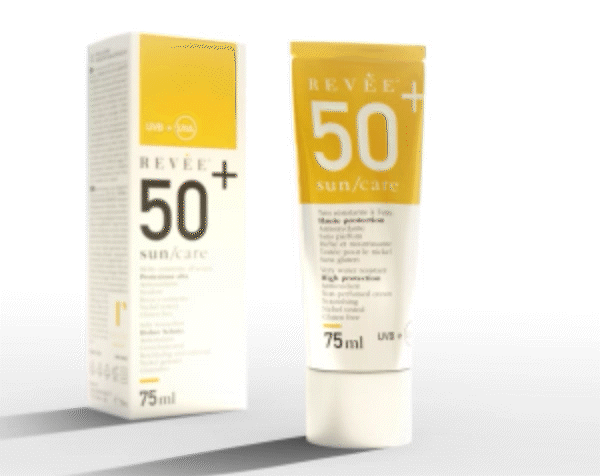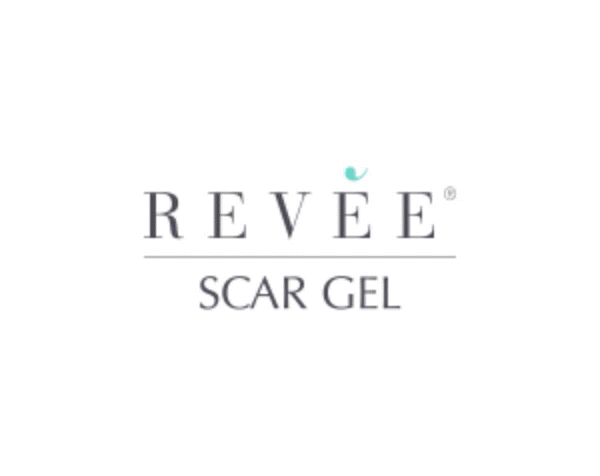Medical doctors and Surgeons
Eyelids, when to intervene: oculoplastic surgery between function and aesthetics

Our face tells the story of who we are—and often it’s the eyes and eyelids that reveal more than any other part what time, genetics, or illness have etched into us. Dr. Alberto Mario Capretti, a plastic surgeon and medical director at the Fondazione IRCCS Ca’ Granda Ospedale Maggiore Policlinico in Milan, knows this well. For over thirty years, he has specialized in eyelid surgery, with a focus on both functional and oncological issues.
«My journey began in 1988 – he recalls – when, still a student, I was attending the burn unit led by Professor Luigi Donati. That’s where I performed my first eyelid reconstructions on burn victims and patients with scarring. From the start, I was deeply fascinated by this branch of surgery».
Since then, his interest in ophthalmic—or oculoplastic—surgery has grown. Today, Dr. Capretti works in three hospitals and has developed his own techniques, such as the combined approach using lateral tarsal strip (a surgical method for reshaping and shortening the eyelid margin), canthotomy (an incision at the outer corner of the eye where the eyelids meet), and canthoplasty (used to reconstruct and strengthen the eye’s outer angle). These methods effectively treat conditions like ectropion (when the lower eyelid turns outward) and entropion (when the eyelid folds inward).
«Patients quickly regain eyelid function and experience improved vision, with resolution of epiphora (excessive tearing) and recurrent conjunctivitis».
A delicate area with major impact
Eyelids play a crucial role in protecting and lubricating the eyes. They keep the eyes healthy, shield them from environmental exposure, allow for proper lubrication, and ensure tear drainage. However, they are vulnerable to a variety of conditions, both congenital and acquired. Some, like congenital ptosis, require early pediatric intervention to prevent visual development issues. Others appear later in life.

Congenital conditions, present at birth, account for around 3–7% of facial malformations. These include eyelid coloboma (a missing portion of the eyelid), congenital ptosis (drooping of the eyelid that can impair visual development), and malformations linked to genetic syndromes such as Down or Franceschetti.
«All these conditions – the doctor explains – can be surgically corrected in childhood, with excellent outcomes when treated early».
But most cases involve acquired conditions, which are increasingly common with aging. Managing them requires collaboration between ophthalmologists and plastic surgeons.
These include blepharochalasis, which involves an excess of upper eyelid skin that can reduce the visual field and cause difficulties with driving, reading, or watching television. Then there is senile ptosis, the drooping of the eyelid that obstructs vision; ectropion, which causes the lower eyelid to turn outward, leading to eye exposure and tearing; and entropion, characterized by the inward folding of the eyelid and eyelashes toward the eyeball, increasing the risk of corneal abrasions.
«In all these cases – the surgeon adds – surgical correction is performed on an outpatient basis with local anesthesia, or as day surgery with sedation and local anesthesia».
Beyond function: oncology and aging
Another critical area is oncology. Basal cell carcinoma is the most common eyelid tumor, especially in elderly patients. Surgery allows for removal of the lesion while simultaneously reconstructing the area, with attention to both function and aesthetics.
«There are several removal techniques, all oncologically sound – emphasizes the surgeon – Immediate reconstruction aims to restore both eyelid function and appearance».
Melanoma is very rare—only 1% of eyelid tumors—and can be either cutaneous or conjunctival.
«Surgery is always the first step – Capretti notes – In rare cases of eyelid or conjunctival melanoma, early intervention can even lead to a complete cure».
The aesthetic dimension must not be overlooked. Eyelid ageing manifests as puffiness, skin laxity, and loss of tone. Blepharoplasty, whether upper or lower, is one of the most sought-after procedures in aesthetic surgery: «It’s the most requested cosmetic surgery procedure in Italy».
This operation restores a fresher, more youthful look, though it doesn’t correct wrinkles or skin imperfections. «Cosmetic results are long-lasting and offer a rejuvenated, rested appearance – Capretti specifies – It’s a highly effective procedure that often brings functional benefits as well».
Oculoplastics: vision, health, beauty
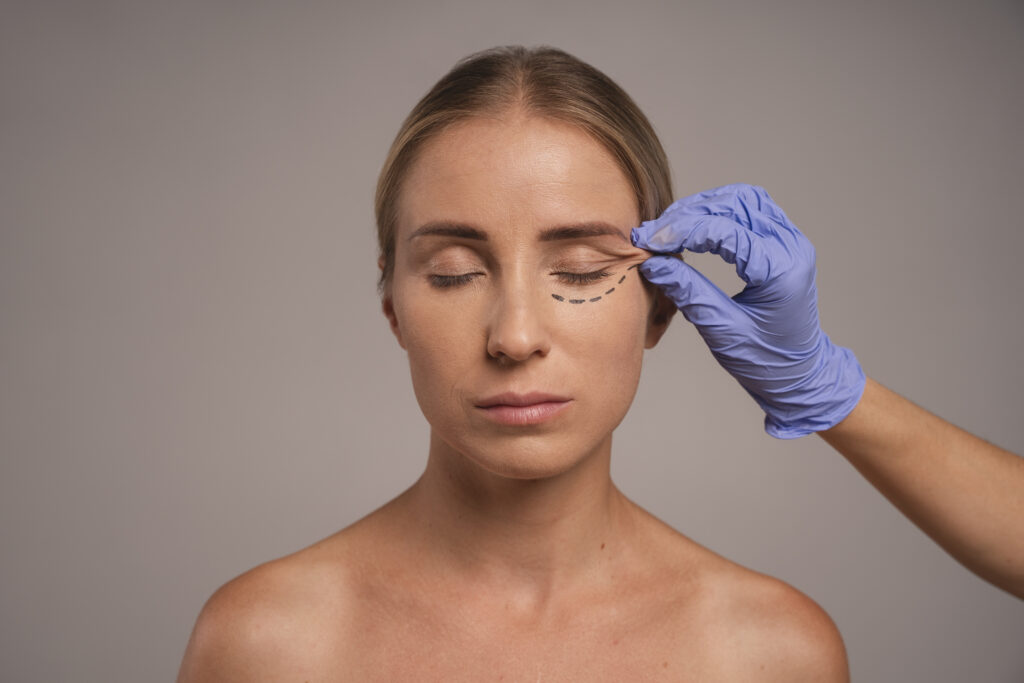
Dr. Capretti’s insights provide a concrete and expert overview of the delicate and specialized field of oculoplastics. His words make it clear that, in expert hands, these procedures are not only effective but also carry a low risk of complications, delivering harmonious and natural results to patients.«Today, oculoplastic surgery can offer effective, personalized solutions – Capretti concludes – Even in older patients, surgery is safe. Old age is not a contraindication. Alongside the ophthalmologists I work with daily, we care for these vulnerable patients, aiming to restore what matters most: vision and quality of life».


